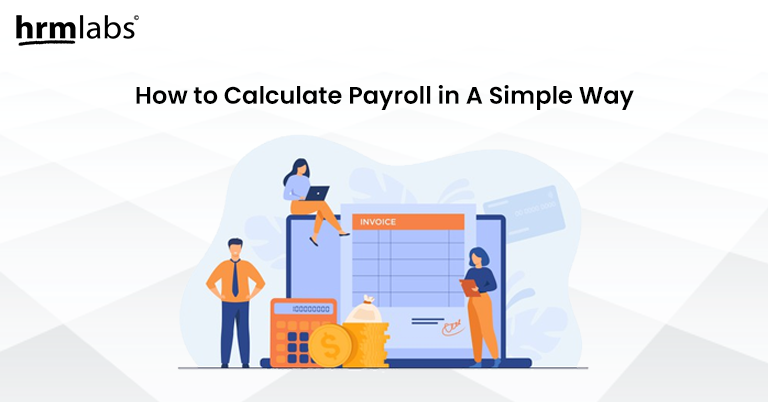Payroll calculation might seem like a tiring task on your monthly to-do-list. But, it’s important that employees receive their pay in time. This to make sure that employees stay loyal and comply with government regulations. You must want to find the best payroll system for your company’s particular needs. Payment systems all have different capabilities, but there are a few easy steps that you can follow to ensure accurate payroll calculation.
1. Determine the employee’s gross pay
Before you can begin to calculate payroll, you must know what the employee’s gross income is. Every employee might have different gross pay based on their contract and job level. It’s important that you keep a record of which employees receive how much gross pay.
2. Allowances
Now that you know each employee’s gross pay, you need to add any allowances they are eligible to receive. These allowances might be transportation allowance, meal allowance, even housing allowance.
3. Overtime Pay
Overtime work is any work done in excess of the normal hours of work (excluding breaks). An employee can only work up to 72 overtime hours in a month. For overtime work, you will be expected to pay at least 1.5 times the hourly basic rate of pay. Payment should be made within 14 days after the last day of the salary period.
4. Tax Deductions
After you add allowances to employee gross pay, the next thing you need to calculate in payroll calculation is tax deductions.
From Year of Assessment 2017, IRAS requires that employers who have (i) received notice to file their employment income electronically or (ii) 10 or more workers in their employment during the entire year must submit their employees’ income information to IRAS electronically by 1st Mar each year.
In addition, employers with foreign employees must seek tax clearance for their foreign employees by filing Form IR21 at least one month before such employee ends his employment, commences an overseas posting, or leaves Singapore for three months or more.
Go to this link to know more about the tax rate.
5. Other Deductions
You may be required to deduct employees’ salary, if:
- Required by court order, or other valid authority.
- If you are declared an agent for the recovery of income tax, property tax, or goods and services tax (GST) payable by your employees.
These deductions might cover CPF contribution, for absence from work, damage or loss of money or goods, for recovering advances, loans, overpaid salary, or unearned employment benefits, etc.
6. Distribute Pay to Employees
After you calculate all of those deductions and additional pay, the last thing you need to do is to send employees’ payroll to their account. Before, make sure you check your payroll calculation to make sure there are no mistakes.
Don’t forget to issue payslip to employees. As of 1 April 2016, all employers must issue itemized pay slips to employees covered by the Employment Act. Hard or soft copies are acceptable and should include details such as the date of payment, basic salary, and allowances, overtime pay, salary period, as well as deductions made. Failure to do so will result in a fine.
All these processes can be pretty complex and take a lot of time and resources. HRMLabs can help you to calculate payroll automatically. With our cloud-based software and centralized platform, you can generate employee payroll in just a few clicks.
HRMLabs also help companies to calculate their CPF contribution and other deductions such as tax. Also, additional salary such as allowance, claim, benefits, and overtime pay.
Let’s schedule a FREE DEMO with our team.


